A repeating death sentence: Milan’s very own Groundhog Day
Faith and chemistry
It was during the post-Scudetto season of 2022-23 that we first brought a particular problem to light, which was that due to a combination of injuries and rotations Milan were failing to name a settled back four from one game to the next.
One of the strengths of the team that won the title was the defensive record, conceding two goals in the final 11 league games with nine clean sheets, and a critical factor within that was the stability that allowed chemistry and cohesion to build.
The back four was very settled: it was Davide Calabria as the right-back, Pierre Kalulu as the right centre-back, Fikayo Tomori next to him as the left-sided central defender and then Theo Hernandez at left-back. The more they played together the more understanding bred and the more watertight they became.
Below are the starting defensive units that Fonseca has chosen this season so far:
➤ Torino: Calabria, Tomori, Thiaw, Saelemaekers (2 goals conceded).
➤ Parma: Calabria, Tomori, Pavlovic, Theo (2 goals conceded).
➤ Lazio: Emerson, Tomori, Pavlovic, Terracciano (2 goals conceded).
➤ Venezia: Emerson, Gabbia, Pavlovic, Theo (0 goals conceded).
➤ Liverpool: Calabria, Tomori, Pavlovic, Theo (3 goals conceded).
➤ Inter: Emerson, Gabbia, Tomori, Theo (1 goal conceded).
➤ Lecce: Emerson, Gabbia, Tomori, Theo (0 goals conceded).
➤ Leverkusen: Emerson, Gabbia, Tomori, Theo (1 goal conceded).
➤ Fiorentina: Emerson, Gabbia, Tomori, Theo (2 goals conceded).
Out of nine games this season, the Portuguese coach has named the same back four compared to the previous game on three occasions, which are the most recent three games. The result? Four goals conceded in those four games, including just two in 270 minutes against Inter, Lecce and Leverkusen.
Looking at the recent games it seems as though Fonseca has finally settled on the four players that he wants out there, and perhaps just as importantly he is now constantly relying on Tijjani Reijnders and Youssouf Fofana as the screen in front.
pavlovic emerson calabria gabbia
Ask any defender, the best way to build a solid understanding as a unit is to play together as much as possible, and that is something that must be playing into the minds of the manager and the players while searching for the solidity that abandoned the Rossoneri over two years ago.
Emerson and Tomori have been at Milanello over the break while Gabbia is riding the crest of a wave after an Italy call-up and a brilliant 2024 so far, so there is a strong argument for picking those three. Theo, unfortunately, will break the streak due to his suspension but can return in midweek against Club Brugge.
So, maybe this is the time for Fonseca to take a stand and put faith in those four players as his starters from here at least beyond the near future, to given them the opportunity to develop a bond together. Some rotations will be forced, others will be more natural, but the bedrock can remain.
On the flip side, one could also argue that Tomori has in fact been a contributor to the defensive issues encountered since the start of last season, given the amount of games he has played and the fact he has never really hit that title-winning level of consistency.
His totally ill-timed jump when attempting to intercept David De Gea’s long kick in the closing stages of the defeat against Fiorentina led to the winning goal for the home side, and it was one of several errors that he has made in the past few months.
Might it be time for change therefore, to try find a more reliable pairing? At the start of the season Pavlovic was the centre-back who impressed the most and yet he didn’t seem to have a great co-existence with the Englishman, given both are aggressive high-line defenders.
Gabbia-Pavlovic could be the right combination to build around, in theory. A pair that would also be composed of a right-footer (the Italian) and a left-footer (the Serbian), a fundamental characteristic for coaches who insist on building from the back like Fonseca.
A non-secondary factor is their respective defensive attributes. The characteristics of Gabbia and Pavlovic adhere to those seen with Gabbia-Tomori because the former is more composed and position-based while the latter is more physical and proactive in his style.
Pavlovic and Tomori
The difference between Pavlovic and Tomori could be the concentration levels and the timing of the interventions, something that could see the former Partizan Belgrade man gain a bit of an edge. Yet, there is no guarantee that this man-for-man change will fix anything.
Lately, Pavlovic hasn’t played much at all. Against Leverkusen he started on the bench for the third game in a row and he came on in added time against Inter in place of Tammy Abraham to add an extra defender, then remaining on the bench in Florence too.
What happened? In reality, nothing particularly striking. The 23-year-old lost his place after a bad performance against Liverpool – one in which the whole team were at fault – but he in particular was brutally caught in the spin cycle of Mo Salah and Cody Gakpo.
He also took a good portion of responsibility for both Lazio goals in that 2-2 draw, but scored in that game and denied Boulaye Dia. There is no panic at the moment of course, because Pavlovic is showing that he has the capabilities and above all the heart.
Despite this, we cannot deny how things stand currently: he needs fine-tuning from a tactical and decision-making standpoint and is not really in game rhythm barring for his national team (who play a three-man defence). With seven potentially season-defining games in 21 days to come it could be a baptism of fire at the wrong time.
Might there be a solution where two of the aforementioned doubts actually play together in the hopes of finding something that can work moving forward? Allow us to pitch the ideal of another formation chance.
Fonseca isn’t a stranger two two things: 1) changing system to suit the players he has available and 2) using a three-man defence. This could be Milan’s time to do both of those things at once, just as Pioli once did.
As you may recall, the previous head coach decided to change to a three at the back system during the defensive crisis in January and February of last year. A combination of three from Tomori, Pierre Kalulu, Malick Thiaw and Simon Kjaer were used, and to great effect overall.
The goals going in Milan’s net dried up and while the attack also suffered a bit from moving a man backwards, it was still the formation that facilitated a run to the semi-finals of the Champions League, a run ended by Inter when Pioli had switched back to a 4-2-3-1 with Ismael Bennacer as the attacking midfielder.
Di Stefano discusses Milan’s Theo replacement: “Jimenez is very well”
What the squad currently has is three perfect centre-backs for the formation: Pavlovic is left-footed and therefore would act on that side, Tomori could be the right centre-back which is his preferred side and then Gabbia can be the middle anchor.
In theory, it actually brings out the best in all of them because the men on the outside can use their aggression and athleticism to act almost as full-backs and midfielders at times. For example, Pavlovic plays as a left CB for Serbia, and it was in this role he got the better of Lamine Yamal recently.
As mentioned, Tomori’s strengths are similar and both would act with a bit more courage and perhaps a bit more precision as a result of knowing they had two men next to them for added cover. Gabbia’s ability on the ball and in the air make him ideal down the middle, like Francesco Acerbi at Inter.
Moving further forward, it would allow Theo Hernandez to take up a pure wing-back role and to focus more on building attacks than getting back and defending, something he hasn’t exactly always shown great impetus doing this season.
The right wing-back spot would remain a bit of a question mark, with the two obvious options being Emerson Royal and Calabria, both of whom have tended to struggle when asked to tuck into a three but can deliver a ball at the other end.
Bolder choices include Alex Jimenez from the Milan Futuro who is also known for being similar to Theo in his attacking tendencies, or even Yunus Musah who played wing-back in Mauricio Pochettino’s first game in charge of the USA and was impressive, scoring a goal from Christian Pulisic’s feed.
ac milan 3-4-2-1
The concern about a three-man defence is that it deducts from other areas, but the midfield double pivot of Reijnders and Fofana could stay as they are, perhaps acting with greater confidence knowing there is an extra central defender behind them.
Pulisic and Leao would still occupy the wings, and then up front Fonseca can go back to alternating Alvaro Morata and Tammy Abraham based on form, condition and opponent, which was always the plan until the Spaniard started being used as a playmaker which is not his natural role.
There are obvious points of contention, such as the fact that switching the formation again is a direct antithesis to the idea of building familiarity, while most of the players are not used to it, and in terms of depth at centre-back there would be only Malick Thiaw and the young Davide Bartesaghi.
On paper, though, you can make an argument for the 3-4-2-1, and all this article intends to do is provoke thought. Regardless of positions on a tactics board and personnel, the crucial thing is that Fonseca decides on a defensive approach and sticks with it, for the sake of everyone involved.
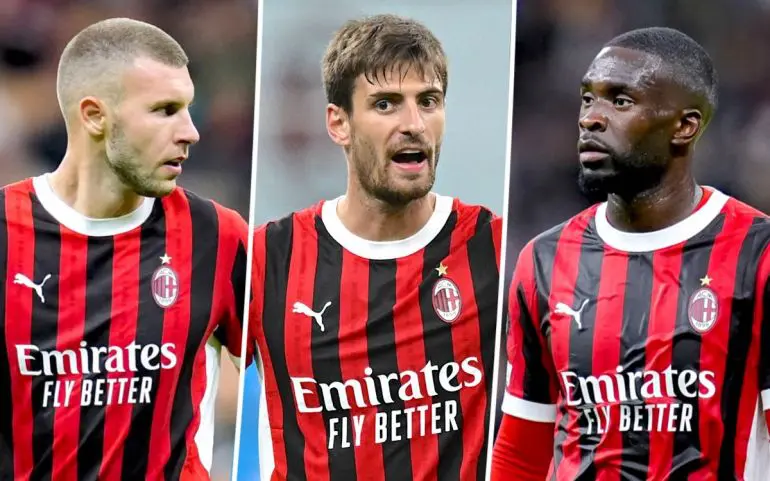
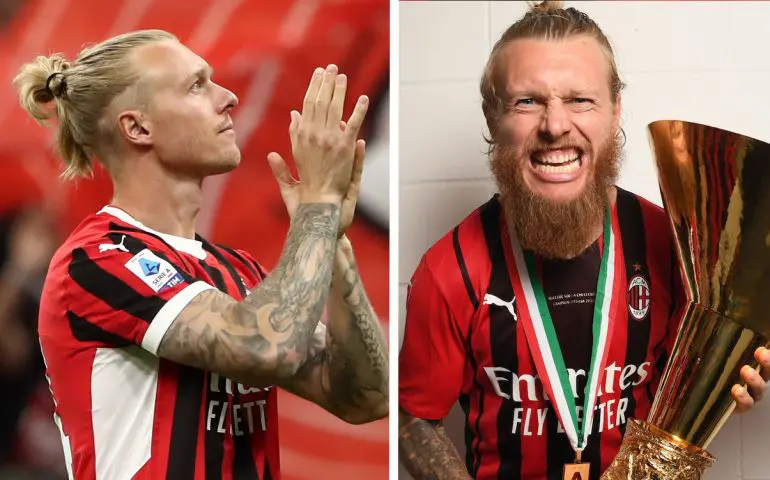
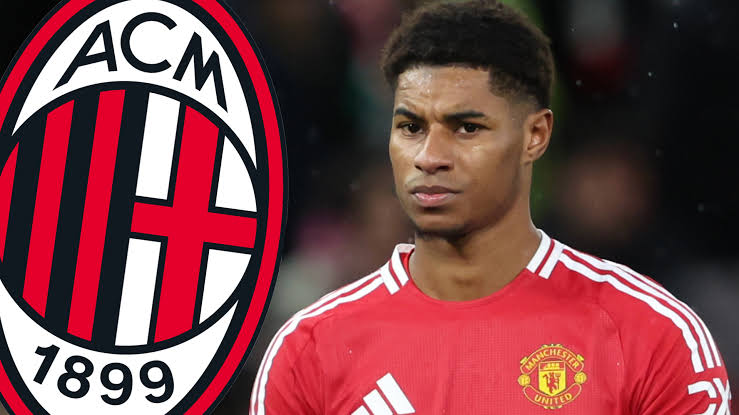
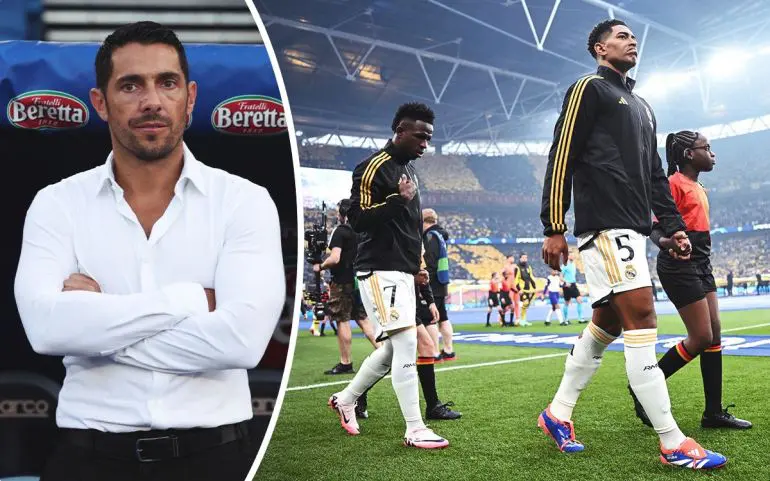
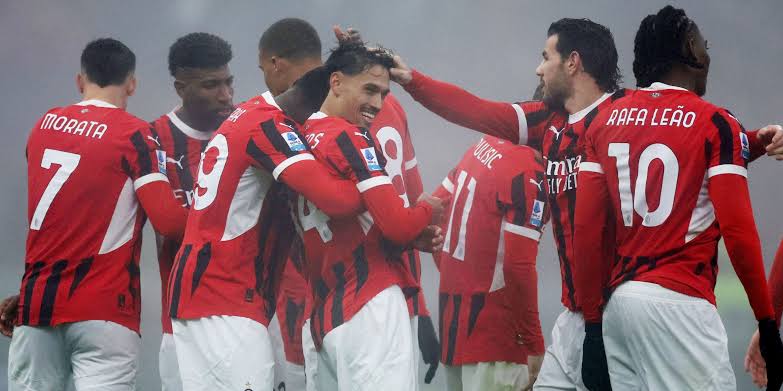
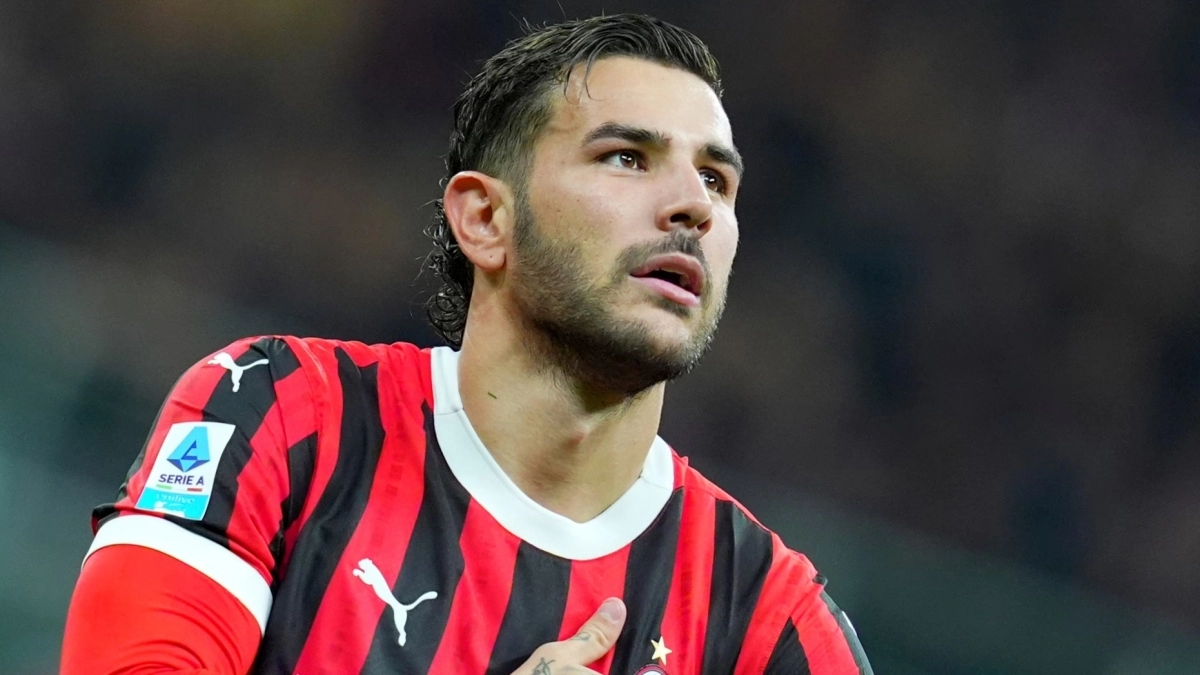
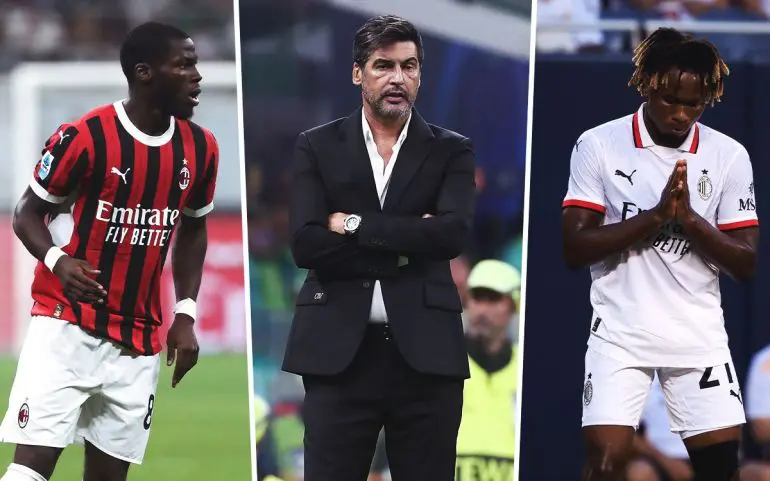
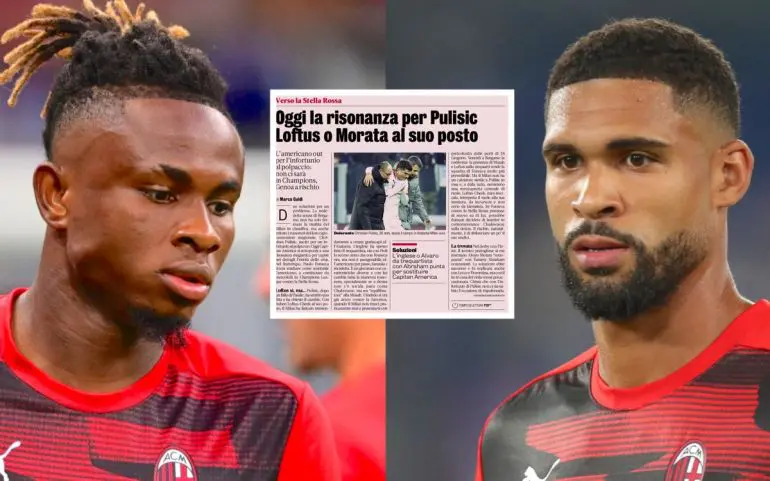
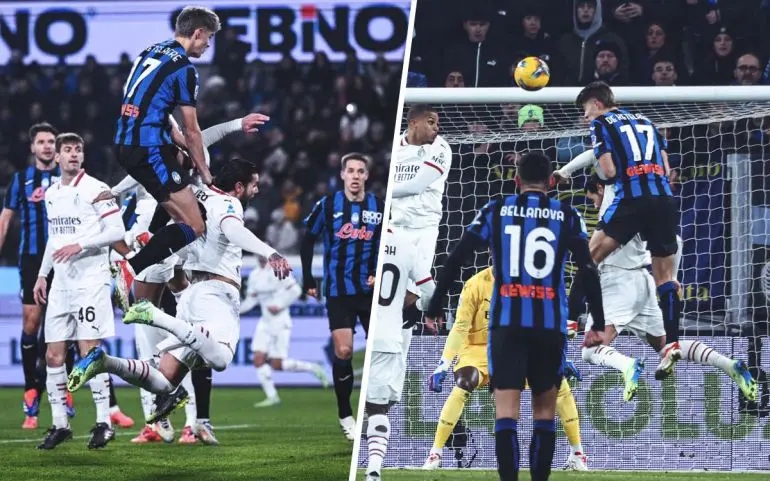
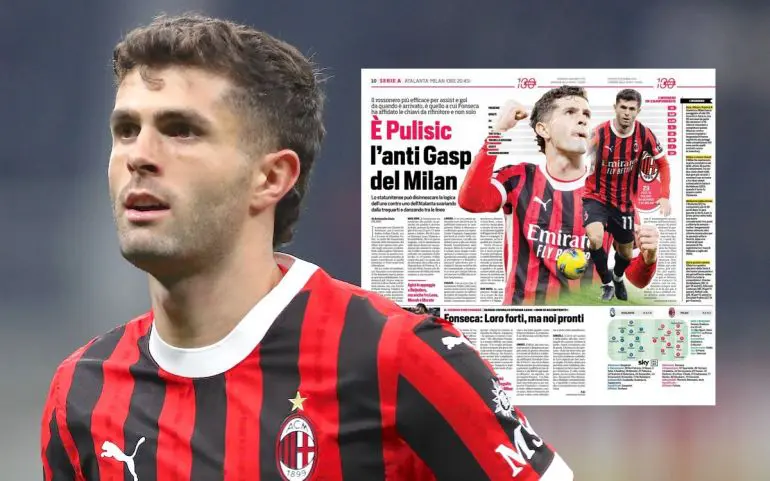
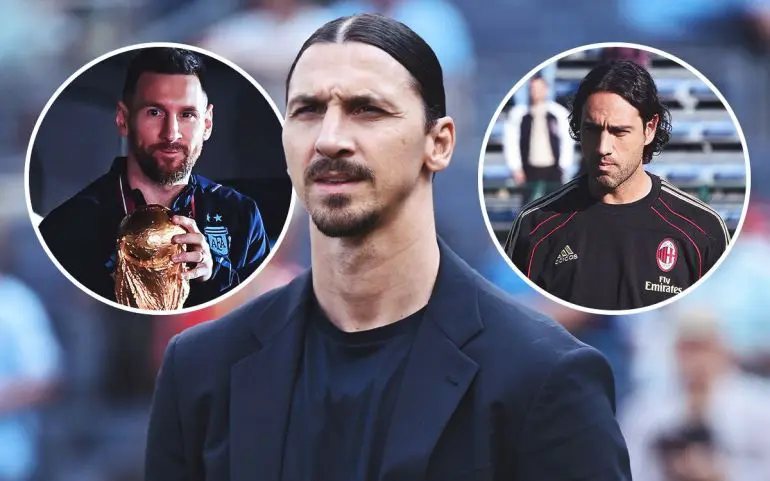
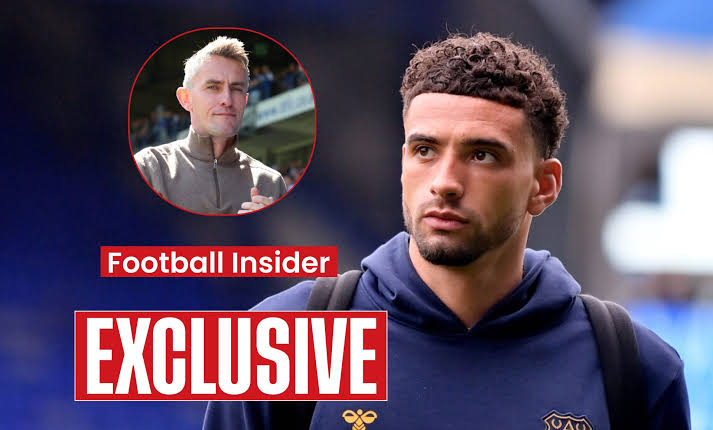
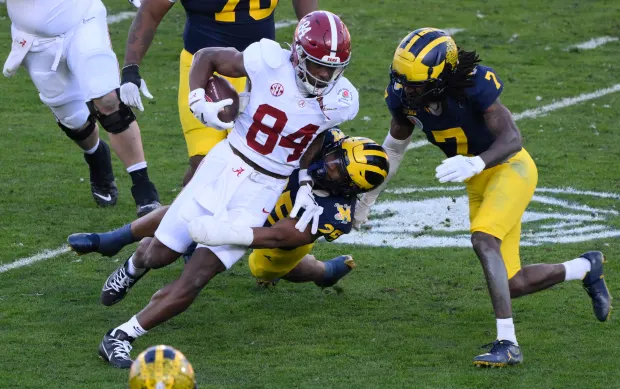
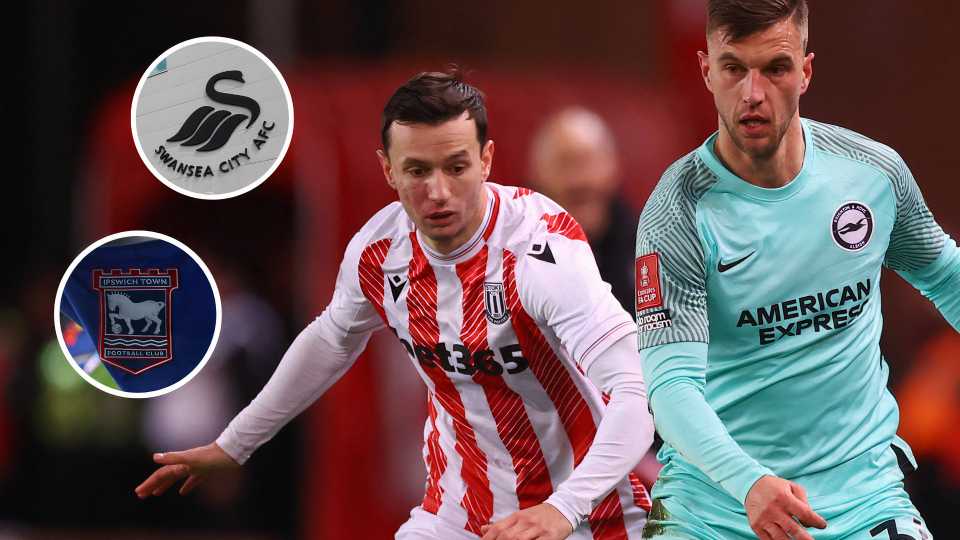
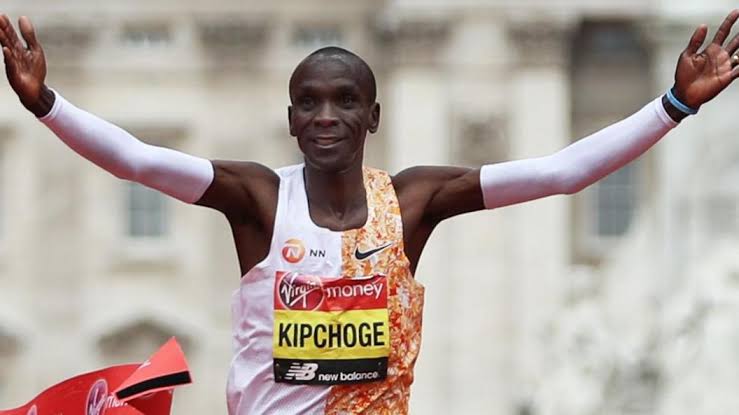
Leave a Reply